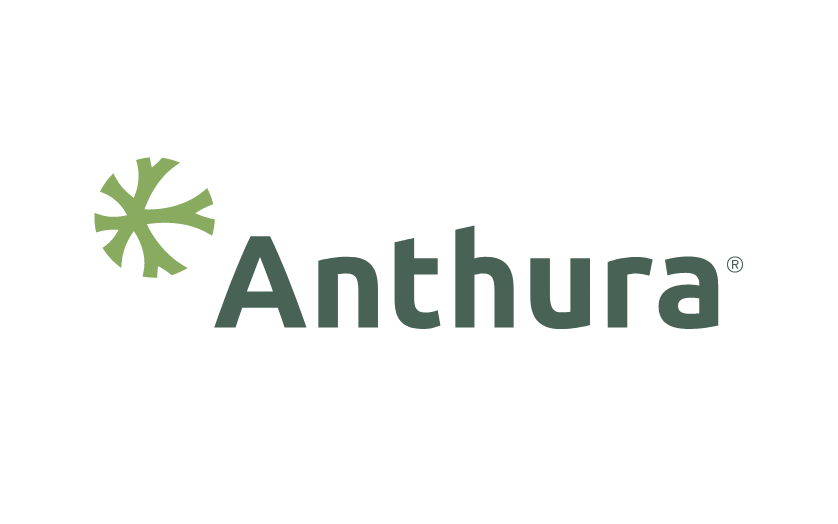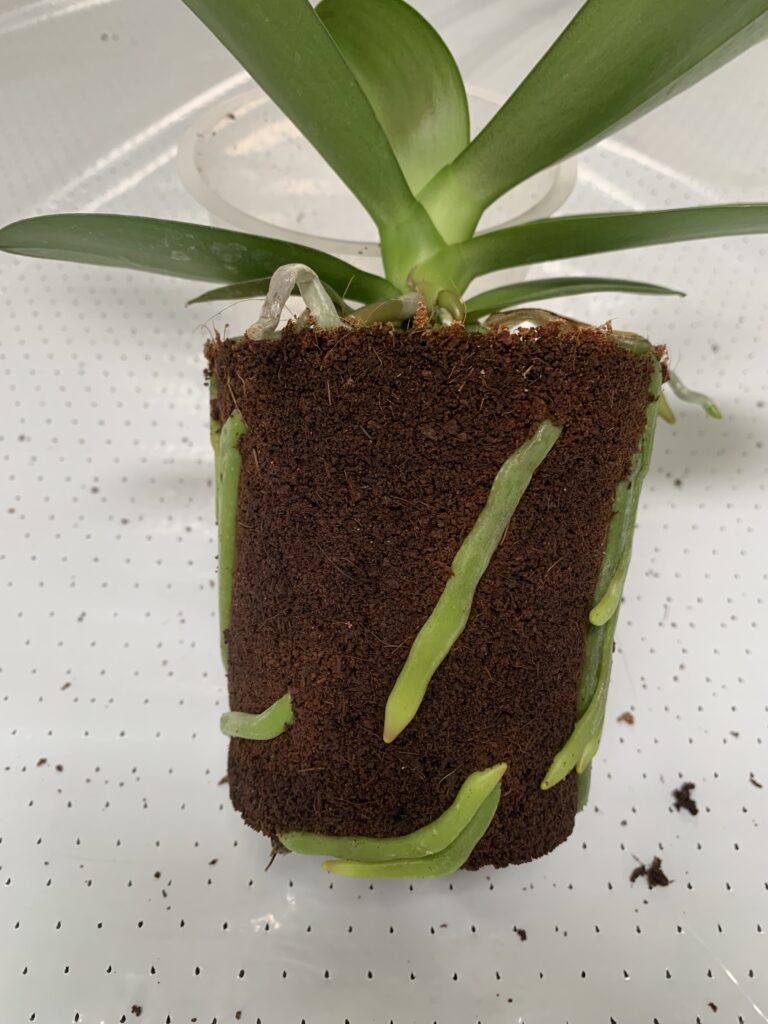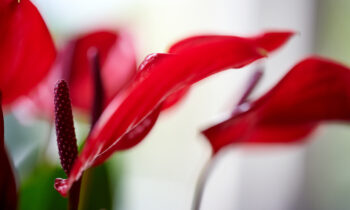The quality of a plant depends on the correct use of the right substrate with the right properties. One substrate is not the same as another: not only is there a lot involved in developing the composition, but consistent production and the correct method of use are important aspects when using substrates.
‘Airy substrates’ are generally used for the cultivation of Phalaenopsis. Substrates can contain a variety of raw materials. The crop and your ultimate needs and objectives are what determine which elements and their corresponding properties are important for the substrate to be used.
• Good structure: the substrate parts should be small enough to give the plant sufficient strength. A structure that is too coarse will detract from the anchoring of the plant.
• Stability: the cultivation period of a Phalaenopsis is fairly long and so it is very important that the substrate should still have a good structure after a year of cultivation.
• EC: Phalaenopsis is a salt-sensitive plant. The substrate should not bind too many salts in order to keep the EC in the substrate low.Bark
In Phalaenopsis, in Europe we tend to use a mixture of bark from the Pinus tree and sphagnum and/or coconut. This kind of substrate provides a lot of airiness and sufficient moisture retention capacity. Examples of mixtures include coarse bark with sphagnum, mini bark with coconut chips, mini bark with coconut fibre and peat, or bark with coco grit.
The advantage of bark is its availability. However, when the price of fuel rises, the demand for and thus the price of bark rise accordingly, because this forestry residue also serves as a biofuel.
The best quality comes from the Pinus pinaster, which originates from France, Portugal or Spain. There are also other tree species that can be used, such as Pinus radiata, which is native to New Zealand. The bark is usually removed from the trunk when the trees are felled and is processed immediately. A good quality bark is characterized by a more rounded (three-dimensional) shape. Bark found in South America, for example, is often too flaky and flat, causing it to break down very quickly.

Coarse bark for good drainage and drying.
• Bark sphagnum mixture usually consists of bark fraction 1 and/or 2 and 1.5 kg sphagnum.
• Bark coconut mixture usually consists of bark fraction 1 and/or 2 with 20% or 30% coco chips fraction 1.

Bark coconut mixture.
Additions
Pure bark as a substrate is quite dry. The moisture retention capacity of bark is very low, so that watering is necessary too often. The fraction of the substrate can be reduced, so that the increased substrate surface can hold more moisture, but in most cases this is not sufficient. It is therefore necessary to add a component to the bark. This can be done with sphagnum (moss), coconut chips, coco grit, compact peat fractions, coconut fibre, lava pellets, perlite, rice husk, etc. The various soil suppliers offer standard orchid substrates that consist of various components and are often known by exotic names.
Sphagnum (moss)
Sphagnum is still widely used and is considered the “classic”. A standard addition is a quantity of ±2 kg/m³. A major disadvantage of sphagnum is that it separates fairly quickly, especially if the particles are small. There are so-called ‘short fibres’ and ‘long fibres’ on the market, i.e. longer sphagnum fibres which do not separate as easily.

Mini bark.
Coconut
In recent years, ‘coconut chips’ have been added to the substrate to increase its firmness and water buffering properties. The amount of coconut varies from 10% to 50% of the total volume. The advantage of coconut is its stability and mixability. Because the size of the coconut pellets is about the same as the bark, little segregation occurs. Furthermore, this addition is relatively inexpensive. One disadvantage of coconut is its salt content. Coconut naturally contains large amounts of sodium and potassium. These salts must be rinsed out of the substrate beforehand. This is achieved with calcium and magnesium salts, through ion exchange. It is important to do this properly so as not to hinder the proper growth and development of the plants.
Peat and turf
Various soil suppliers offer alternatives to be added to the substrate mixture. For example, white peat and black peat. In many cases these are compressed fractions. Considering the environmental impact of peat extraction, there is little future for these additives.
Substrate fractions
When we talk about orchid substrates, we often talk about fractions. A fraction (or mixture of fractions) indicates the coarseness/fineness of a substrate. The smaller the fraction, the finer the substrate. A finer (denser) substrate has a bigger capillary effect, which benefits the distribution of moisture. The disadvantage, however, is that it favours the salinization of the top layer. Coarser substrates dry easily, which can be a great advantage, but uniformity between pots can be disappointing if watering remains too low.
Pot worm
The recent trend is that the substrates are becoming finer in terms of fractions. The main reason for this is that a coarse substrate has many open spaces, which gives the harmful pot worm plenty of room to move around. A finer substrate, on the other hand, restricts the development of pot worms.
Pot sizes
The fraction of the substrate also depends on the pot size. A smaller pot has a smaller moisture buffer and also dries out much quicker. Therefore, it is necessary to choose a substrate that is finer compared to a larger pot.
Nitrogen management and fertilization In substrates that contain bark, the nitrogen balance is very important. Due to the natural decomposition processes in the soil, nitrogen is constantly being removed from the substrate, leaving less for the plant to absorb. This makes it necessary to offer surplus nitrogen in the bark, especially in the first weeks of cultivation. Quantities of 12-16 mmol/l N (largely in the form of urea) at an EC of 1.0 mS/cm are no exception. It is also possible to add nutrition to the substrate in the form of a basic fertilizer. The ‘HC-mix’ is the best known example. This is an organic fertilizer that is added to the mixture. It is also common practice to add an NPK fertilizer with or without trace elements. The disadvantage of adding it beforehand is that the EC of the substrate is quite high at the beginning of the cultivation, while the plant need is low at that time. It is advisable to add only a basic fertilizer of ±1.5 kg/m³ and to add the rest of the nutrient requirements while watering. It is also important to add a pH buffer to the substrate mixture. This can be done with Dolokal (a mixture of magnesium and calcium carbonate) in a quantity of ±2-3 kg/m³.
Diseases and pests
Nowadays, the bark is treated before transport to ensure that no unwanted pests or diseases are present. To some extent this is mandatory to enable transport. This helps to prevent Lyprauta eggs or larvae from entering the nursery via the substrate, for example. As a result, soil diseases such as Rhizoctonia and Athelia have also been banished from Dutch Phalaenopsis cultivation.

Alternatives to bark and additives to the substrate
In addition to the abovementioned shift towards using more compact (and at first glance less airy) substrates due to the problems with pot worm (Lyprauta), there is also a good argument in favour of reducing the proportion of bark in the substrate mix or even replacing the bark completely in the longer term. Bark absorbs a lot of nitrogen, so the supply in the feeding schedule should be relatively high. This is not desirable, especially since a large supply of ammonium and urea will eventually lead to acidification.
Peat and turf
These substrates are useful from a cultivation point of view as an additive, but are often too wet as a main ingredient. Peat has the property of retaining moisture well, but when it dries out, it is very difficult to rehydrate. Given the above objections, this is not a suitable sustainable substrate.
Sphagnum
In Asia, in particular, sphagnum is used as a monosubstrate. It is thus used without additives. Sphagnum can absorb up to 20 times its own weight in water. The sphagnum is put into the pots in the form of dried, pressed discs, and by wetting them they expand and fill the pot. The moss is mostly harvested in Chile, which means it is not very sustainable. The availability, however, can also bring risks.
Coconut
The cultivation of 100% coconut chips has been done outside the Netherlands (e.g. Brazil) for much longer. The positive properties of coconut chips are its ability to retain and release moisture and its very airy nature. Even if coconut is used as coco grit, it contains more than 50% air. The downside is that coconut tends to be salty. Rinsing, especially of larger coconut fractions, is problematic because it is virtually impossible to remove all the sodium and potassium salts with rinsing and ion exchange. This is more feasible with smaller fractions. Coconut is considered a very good alternative to using bark. It is widely available and the cost is relatively low. Provided that the salt balance can be kept under control, growing on 100% coconut is very possible.

Coconut chips.
Plug-in-plug
The young plants will be grown and delivered in plugs by all plant breeders from 2017 onwards. This has major advantages in terms of cultivation throughout the chain. There are also large plugs available that make it possible to grow plants at the pot plant stage in a plug instead of in the more traditional substrate mixes, as described earlier. Plug suppliers such as ‘Van der Knaap’, ‘Jiffy’ and ‘Quick Plug’ have gained several years of experience with the cultivation of this so-called ‘plug-in-plug system’ through trials. The 9 cm and 12 cm pots are filled with a plug at the supplier’s facility. At the top there is a recess, where the young plant plug fits exactly. The results in the cultivation are very promising. In particular, the above-ground growth is very fast, because the microclimate is greatly improved by the plug. In addition, the plug provides a major barrier for the pot worm, which has little or no chance of surviving in such a system. This is a huge advantage. Furthermore, potting is very easy and can be fully automated, plant uniformity increases, and the whole chain is cleaner because no loose substrate is used anymore. However, the costs of the plug-in-plug system are quite a bit higher compared to a more traditional substrate mix. There are now growers who are carrying out trials on a larger scale. Perhaps this system will be the substrate of the future.







